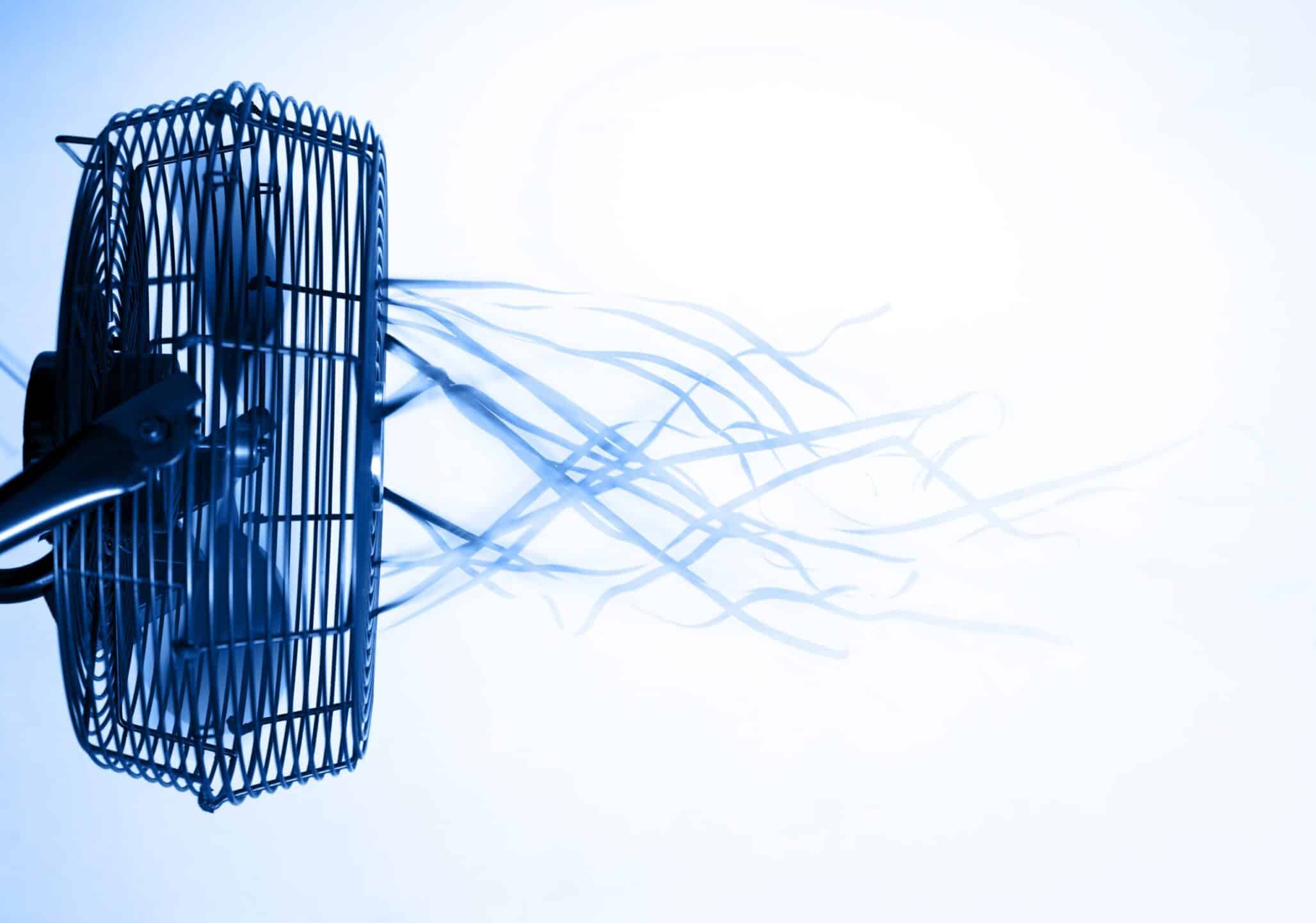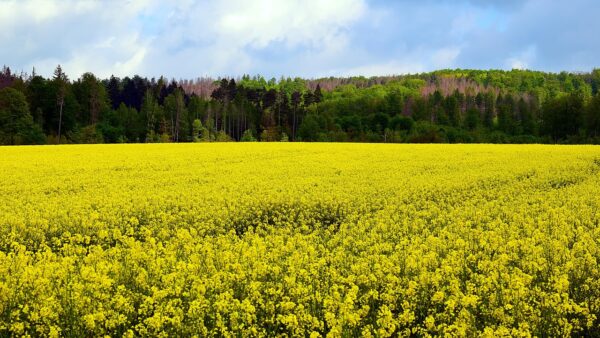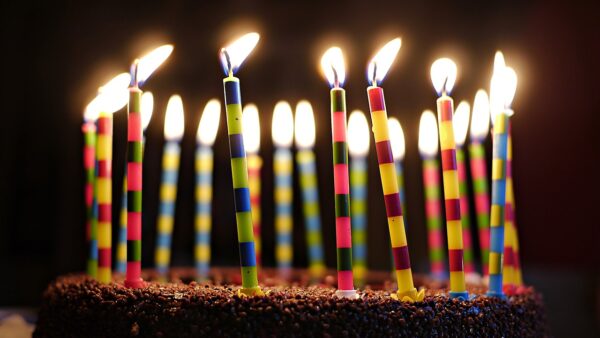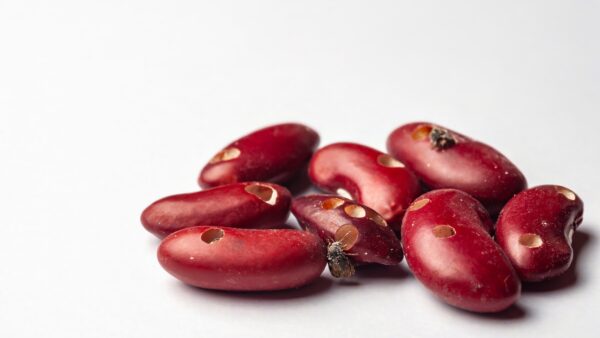Native landscapes and lawn alternatives are found in homes and parks from coast to coast, but what do cities lose with the loss of grass?
During the past few years, there have been outcries from policymakers and local officials to reduce the amount of natural turf and grass within cities. In particular, Governor Edmund Brown Jr. heard these cries in Southern California in 2015. When hit with a drought that seemed never-ending, the fastest solution was to cut out one of the biggest problems: grass. In January 2017, he declared a state of emergency in Southern California due to the state’s driest year recorded in history. The governor encouraged homeowners and cities to begin using lawn alternatives to help cut the amount of water needed for lawn care.
Cities have produced several alternatives to grass, including xeriscaping (landscapes which require little or no irrigation) and the use of native plants, rock gardens and synthetic turf to reduce water usage during times of drought. Native landscaping became a popular alternative to natural lawns because native landscape don’t have to be watered as much to keep healthy and alive. Wild plants or rock gardens maintain themselves, while natural lawns require upkeep for survival.
In more drought-prone regions, specifically states such as California, Arizona and New Mexico, native landscaping provides an alternative to caring for lawns and keeping them green.
The downfall: without grass, cities are losing many of its benefits.
City leaders’ intentions are good — they want to protect our natural resources,” says Casey Reynolds, executive director of Turfgrass Producers International.
However, he says, the actions don’t always lead to the results they want.
Duane Klundt from Grassland Oregon says lawn alternatives are short-term solutions. “California had the cash for a grass solution,” he says. “The downside to that is short-term they solved the issue of water, but long-term they took away the benefits of natural grass.”
Grass produces oxygen and reduces the amount of carbon dioxide in the air. Healthy lawns increase soil stability with long roots, which reduces the amount of loose soil, dust and pollutants in the air caused by urban centers. Above all, it keeps the atmosphere cooler than it would if you used synthetic turf or native landscaping.
“In urban areas, plants provide cooling by a couple of different mechanisms,” Reynolds says. “Radiative shading from trees is one, but with plants at ground level, you don’t have that. Evaporative cooling is the other.
“Pigments in turfgrass leaves absorb solar radiation and instead of giving off this energy as heat, they use it for photosynthesis. As this occurs and leaves release water into the air from its stomata, it basically acts like an air conditioner around our homes.”
Fred Mohr, Seedway’s turf seed business manager, adds: “If you were to go outside on an 85-90 degree day and put a hand on natural grass and then on synthetic turf, you wouldn’t be able to keep your hand on synthetic turf for very long. Natural grass keeps the atmosphere cooler.”
Lawn alternatives, such as artificial turf, rock and native plants, don’t have the same cooling effect as grass. In fact, the alternatives can increase the ground’s temperature, heating the area around it.
“Turfgrasses and other plants help mitigate urban heat island effects,” Reynolds says. “A good example of this is to drive 20 miles outside the city, where it’s cooler due to all the plants in the area.”
The “heat island” effect is an urban area that becomes significantly warmer due to human activity and unnatural aspects, including concrete, buildings and asphalt that cause the city to heat up. Heat islands lead to increased energy consumption, elevated air pollutant emissions, compromised human health and comfort, and impaired water quality. Grass can minimize these effects.
Industry Action
Armed with the knowledge of grass’ benefits, industry leaders push new grass varieties that showcase these benefits in arid areas. New varieties on the market are more drought resistant, so they don’t need as much water to survive, preventing them from going dormant.
“These grasses last longer, instead of taking on disease or drought, and produce a much nicer looking turf,” Mohr says.
Don Kinkhorst, national sales manager for Allied Seed, says: “All varieties now seem to be denser and darker green, and the blends are much more disease resistant. We have low growing types, so you don’t have to mow as much, and you save on fuel. Slower growth lowers the cost of having a lawn, but it still produces a good-looking yard.”
Companies have also expanded the technology available to care for grasses, such as rain shut-off valves and smart irrigation technology. But even with the new varieties of seeds and technology, the seed industry still attempts other initiatives.
“There’s a lack of education, and funding isn’t what it used to be,” says Klundt. “People need to be educated, and I don’t know if there’s enough outreach. Leaders can educate more by saying ‘reduce the amount of water used each week and reduce mowing,’ but we have to change our perception of what good is. Green is always good, but isn’t light green better than dark green in difficult times?”
Many grass seed specialists are setting up websites that showcase the benefits of grass in comparison to lawn alternatives to help educate people that lawns provide more benefits than they realize. With education, homeowners and municipalities can learn what varieties to use in parks and lawns to save water, but also provide the cooling, soil stability and pollutant absorption that grasses can provide.
“There are species, such as tall fescues, that do better in drought,” says Kinkhorst. “It’s lower maintenance and more drought tolerant, and it does well in areas with water restrictions.”
Reynolds says: “One of the comments you hear all the time is grasses don’t waste water; people waste water. It’s very important to learn how to irrigate more effectively. When people plant tomato gardens, they’ll find nice topsoil and create a beautiful, tilled plant bed, but they don’t do that with turf. Instead, they remove the topsoil, bulldoze over the land, and drop a plant on top of it and expect it to live. Proper planting and tilling practices are really important at increasing rooting depth, which improves drought tolerance and reduces water use.”
Mohr says grass is a living plant, so they do need tender love and care. “Even with synthetic grass, you still have to take care of it by spraying disinfectant — sweat and other things get on it,” he says. “Natural grass cleans itself because you clip it and rain washes other things away.”
While plant breeders create new varieties to withstand droughts and the seed industry looks to educate the masses on the benefits of grass, there has been progress. In March, Gov. Brown lifted the State of Emergency, as well as disbanded some of his drought-related executive orders.
With the seed industry’s help, there could be a blend that succeeds extremely well in drought-ridden areas to provide relief for areas such as Southern California.
“Grasses are the hidden workhorses of our landscapes,” says Reynolds. “We don’t appreciate what they’re doing — cooling our homes, preventing top soil erosion.
“We often don’t think of them as flowering plants, but they just happen to be the most effective species of perennial groundcovers that we can mow and provide the background for our landscape and lifestyle.”
Klundt believes knowledge is key. “We can’t be so closed-minded,” he says. “With the tools we have today, we’re moving as fast as we can.”










